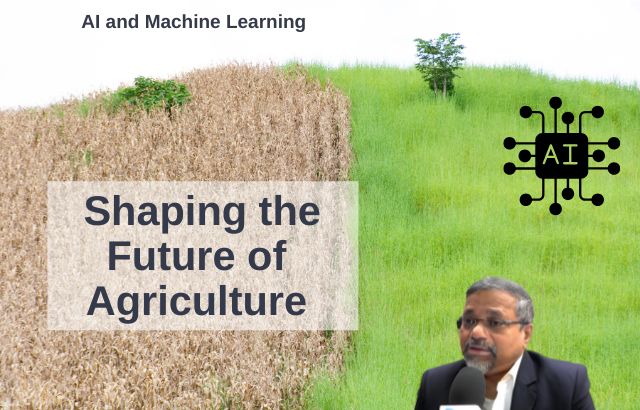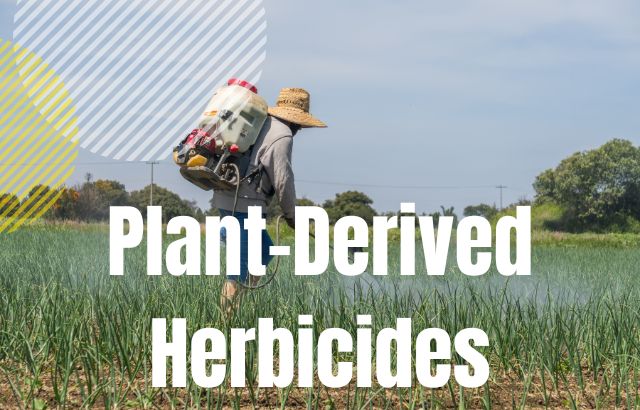Agriculture is at a crossroads, with increasing pressures from climate change, population growth, and resource scarcity. To meet these challenges, innovators in the agricultural industry are turning to artificial intelligence (AI) and machine learning (ML) technologies. These cutting-edge tools have the potential to revolutionize how we approach farming, improving efficiency, sustainability, and productivity.
In this blog, we’ll explore how AI and machine learning are already being applied to predict crop yields, optimize irrigation, and improve pest control. We’ll also look at some real-world examples, share calculations to illustrate their impact, and answer frequently asked questions about these technologies.
1. Predicting Crop Yields: A Data-Driven Approach

AI and machine learning can analyze vast amounts of data to predict crop yields more accurately than traditional methods. By processing satellite imagery, weather patterns, soil conditions, and historical data, AI models can forecast how much of a particular crop will be produced in a given season. These predictions help farmers make better decisions about resource allocation and market planning.
Example:
- The Climate Corporation’s Climate FieldView uses AI to analyze data from over 25 million fields across the globe. It provides farmers with real-time insights into field conditions, helping them predict crop yields with high accuracy.
Calculation: Let’s assume a farmer uses a machine learning model that incorporates weather data, soil health data, and historical yield patterns to predict the yield of wheat in a particular field. By comparing the model’s forecast to traditional methods, the farmer can increase yield prediction accuracy by up to 15%. If the traditional method predicted a yield of 100 tons, the AI model might predict a yield of 115 tons, allowing the farmer to plan more effectively.
2. Optimizing Irrigation: Smart Water Management
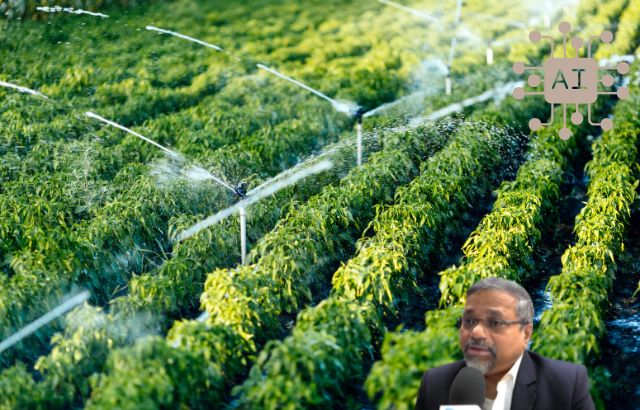
Water scarcity is one of the most critical issues in agriculture. AI and machine learning are being used to optimize irrigation systems, ensuring that crops receive the right amount of water at the right time, reducing water waste, and improving crop health.
Example:
- CropX is a company that uses AI to provide farmers with soil moisture data and recommendations for irrigation. By deploying soil sensors, CropX collects real-time data and uses machine learning algorithms to predict the optimal irrigation schedule for crops. This helps farmers reduce water usage while ensuring crops receive adequate hydration.
Calculation: If a farm traditionally uses 10,000 liters of water per hectare per week, an AI-powered irrigation system could reduce this by 30%, saving 3,000 liters per hectare. For a 100-hectare farm, this could result in saving 300,000 liters of water every week, leading to significant cost savings and environmental benefits.
3. Improving Pest Control: Precision Agriculture at Its Best
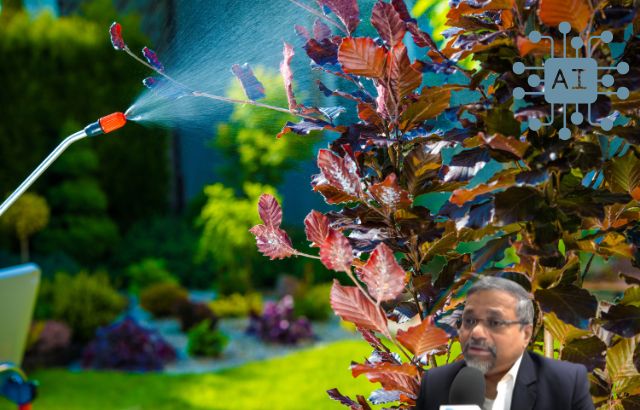
Pest control is an ongoing challenge for farmers. The use of pesticides can be harmful to the environment and human health, making it essential to find more sustainable alternatives. AI and machine learning can help detect pest infestations early and recommend the best course of action, such as targeted pesticide application or natural pest control methods.
Example:
- Blue River Technology’s See & Spray system uses AI to identify weeds and pests at a very granular level. It then applies herbicide only to the areas affected, minimizing chemical usage. The system uses machine learning to improve over time, continuously learning to identify more types of pests and weeds accurately.
Calculation: Assume a traditional pesticide application covers 100% of a field, using 1,000 liters of pesticide. With AI-powered precision, only 30% of the field needs treatment, saving 700 liters of pesticide per application. If the farm applies pesticides 10 times a year, this results in a savings of 7,000 liters annually—reducing both costs and environmental impact.
4. Real-World Applications of AI and Machine Learning
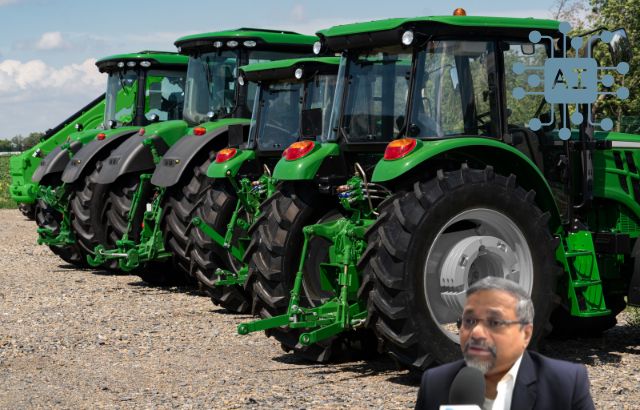
Several companies and organizations are already leveraging AI and machine learning to optimize agricultural practices:
- John Deere’s AI-powered tractors: John Deere uses AI to improve the precision of their equipment, such as tractors and harvesters. The AI models help farmers optimize field operations by analyzing real-time data from sensors and cameras.
- IBM Watson Decision Platform for Agriculture: IBM’s platform combines AI, IoT, and blockchain to provide farmers with end-to-end solutions, including crop management, weather forecasting, and pest detection.
- BASF’s Digital Farming: BASF is using AI to offer farmers tailored advice on optimizing crop protection and yield prediction.
Frequently Asked Questions (FAQs)

1. How does AI improve crop yield predictions? AI improves crop yield predictions by analyzing large datasets, such as satellite images, soil moisture, weather data, and historical yield trends. Machine learning algorithms can then identify patterns and generate highly accurate predictions, helping farmers make informed decisions about planting, irrigation, and harvesting.
2. Is AI technology expensive for farmers to implement? While there are upfront costs associated with implementing AI systems, many companies are developing affordable and scalable solutions. In the long run, AI technologies can reduce costs by improving efficiency, saving resources (such as water and pesticides), and increasing crop yields.
3. Can AI help farmers adapt to climate change? Yes, AI can play a significant role in helping farmers adapt to climate change by providing accurate weather forecasts, predicting crop growth under changing conditions, and optimizing resource use. These tools can help farmers mitigate the impact of unpredictable weather events and changing climates.
4. What types of data are needed for AI and machine learning in agriculture? AI systems require various types of data, including satellite imagery, soil moisture levels, temperature, humidity, historical yield data, and pest or disease reports. By integrating these datasets, AI models can deliver more accurate predictions and insights.
5. Are there any environmental concerns with AI in agriculture? While AI can reduce resource usage and improve sustainability, there are concerns about the environmental impact of the hardware required to run AI models, such as energy consumption for data centers. However, many companies are addressing these concerns by implementing more energy-efficient algorithms and using renewable energy sources for data centers.
Conclusion
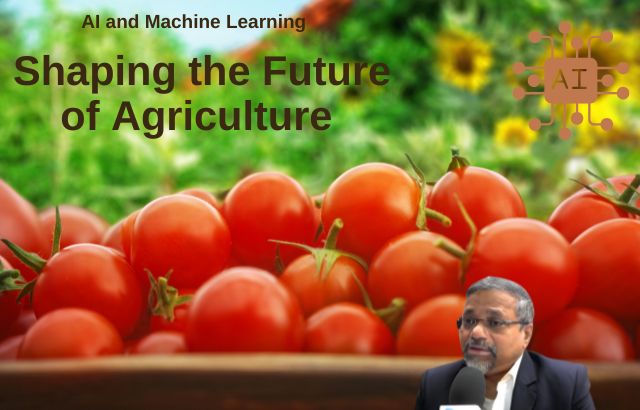
AI and machine learning are reshaping the agricultural landscape, offering innovative solutions for improving crop yields, optimizing irrigation, and reducing pesticide usage. As these technologies continue to evolve, they hold the potential to create a more sustainable, efficient, and resilient agricultural system. For farmers, embracing AI can result in better decision-making, reduced costs, and a more sustainable approach to farming.
In the coming years, as AI technology becomes more accessible and affordable, its widespread adoption will help build a stronger, more sustainable food system to feed the growing global population.

